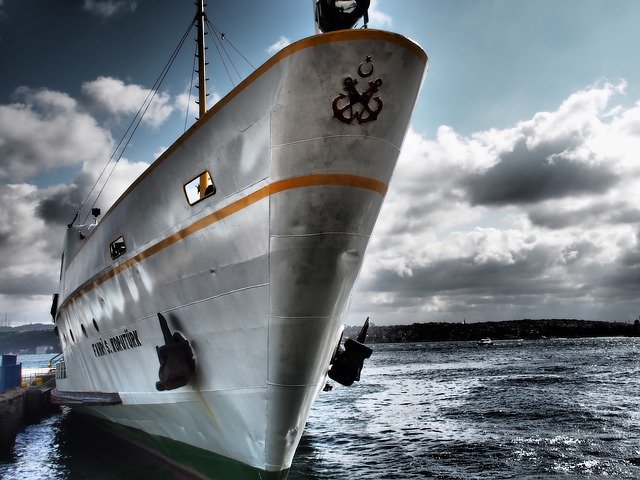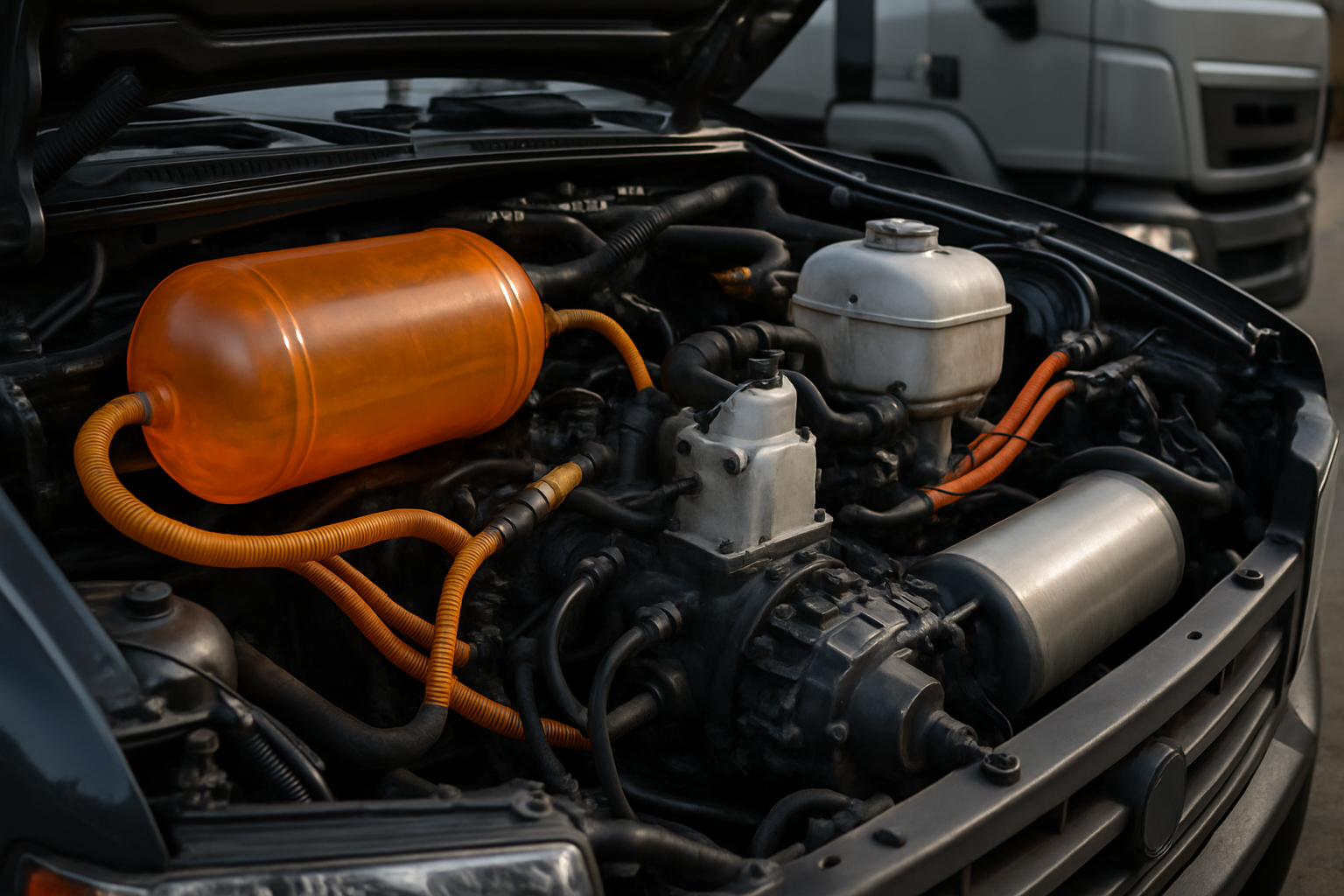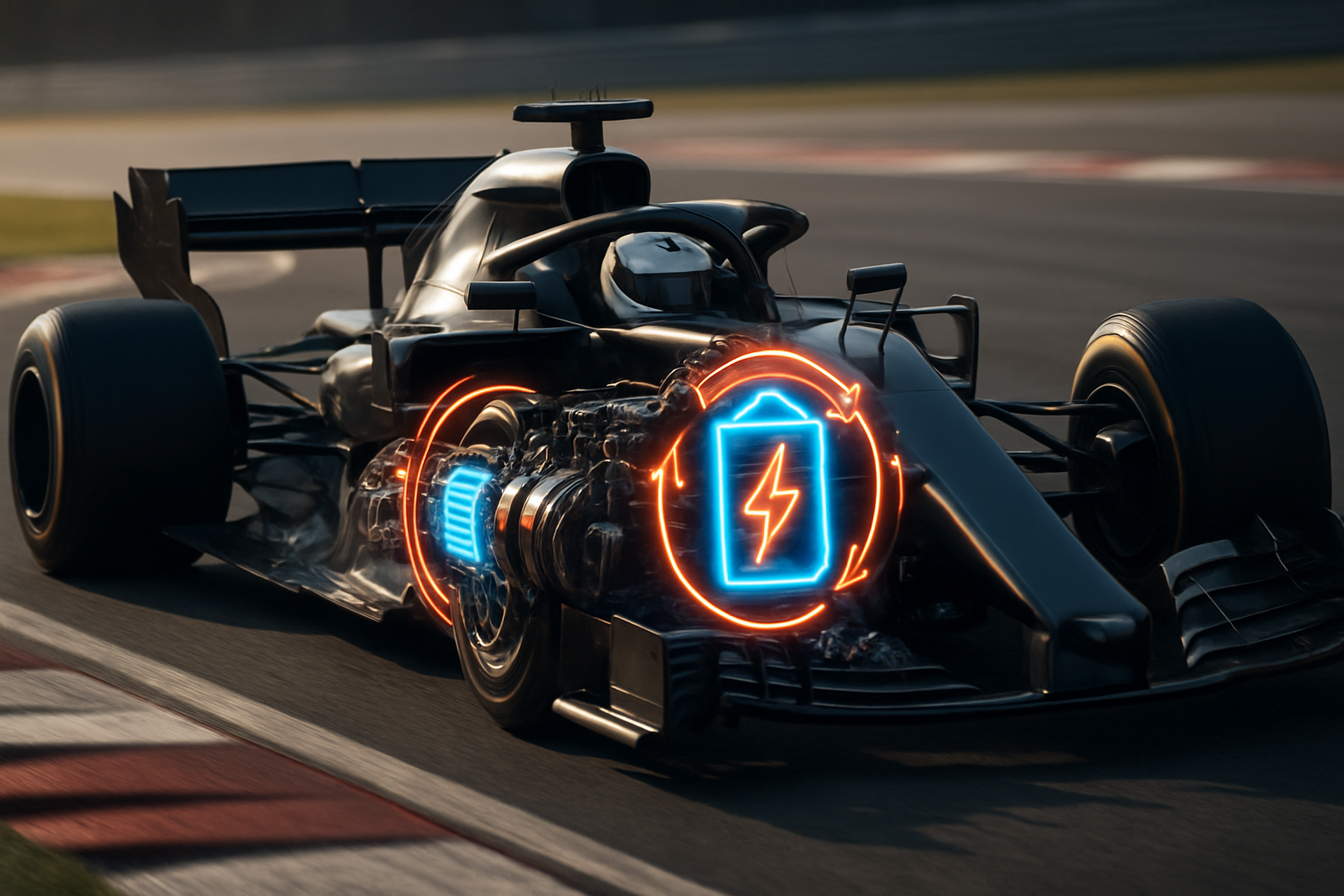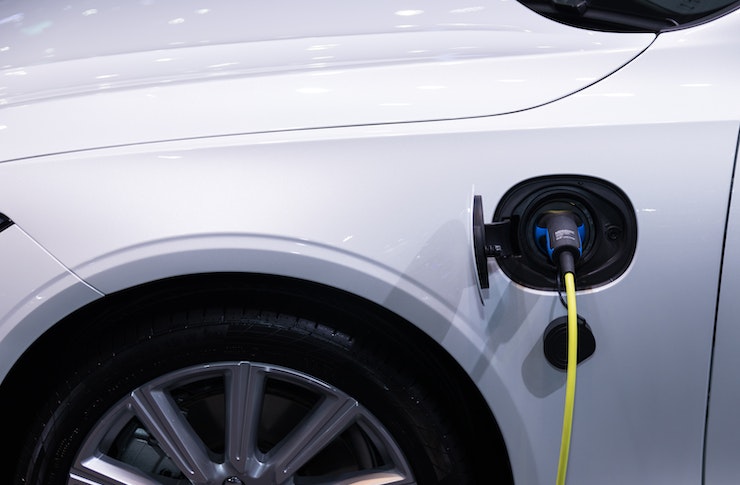Silent Propulsion Technology Advances in Maritime Industry
The maritime industry is experiencing a significant transformation as silent propulsion systems reshape how vessels navigate waterways. Electric propulsion technology has emerged as a viable alternative to traditional combustion engines, offering reduced noise pollution, lower emissions, and improved operational efficiency. This shift represents a fundamental change in marine engineering, driven by environmental regulations, technological innovation, and growing awareness of sustainable transportation solutions.

Electric propulsion systems are revolutionizing marine transportation by eliminating the loud engine noise associated with conventional boats. These systems use electric motors powered by battery banks or hybrid configurations, creating a near-silent operation that benefits both operators and marine ecosystems. The technology has progressed from experimental prototypes to commercially viable solutions across recreational, commercial, and public transportation sectors.
How Electric Propulsion Systems Function in Marine Applications
Electric propulsion replaces internal combustion engines with electric motors that draw power from onboard battery systems. Lithium-ion batteries have become the standard due to their energy density and charging capabilities. The motor converts electrical energy directly into mechanical rotation, eliminating the combustion process entirely. Advanced systems incorporate regenerative features that capture energy during deceleration, extending operational range. Power management systems monitor battery levels, optimize energy distribution, and provide real-time performance data to operators. The absence of fuel combustion eliminates exhaust emissions and dramatically reduces maintenance requirements compared to traditional marine engines.
Environmental Benefits Driving Maritime Electrification
The environmental advantages of electric propulsion extend beyond emissions reduction. Silent operation minimizes acoustic pollution that disrupts marine wildlife communication and navigation patterns. Studies indicate that underwater noise from conventional vessels affects cetacean behavior, fish populations, and overall ecosystem health. Electric systems produce zero direct emissions, contributing to improved air quality in harbors and coastal areas. Reduced oil and fuel spillage risk protects water quality, while the elimination of engine vibrations decreases structural wear on vessels. These environmental benefits align with increasingly stringent maritime regulations governing emissions and noise pollution in sensitive waterways.
Current Applications Across Maritime Sectors
Electric propulsion has found adoption across diverse maritime applications. Recreational boating represents a growing segment, with manufacturers offering electric options for sailboats, pontoons, and small cruisers. Ferry services in Europe and North America have deployed electric vessels for short-range passenger transport, particularly in environmentally sensitive areas. Commercial fishing operations are exploring electric systems to reduce operational costs and meet sustainability requirements. Water taxis and tour boats benefit from silent operation that enhances passenger experience while protecting local ecosystems. Even larger vessels are incorporating hybrid electric systems that combine traditional engines with electric propulsion for improved efficiency.
Technical Challenges and Infrastructure Requirements
Despite technological progress, electric marine propulsion faces practical limitations. Battery capacity constrains operational range, making long-distance voyages challenging without recharging infrastructure. Charging stations remain limited in many waterways, requiring careful route planning. Battery weight affects vessel design and cargo capacity, particularly in smaller craft. Cold weather conditions reduce battery performance, limiting seasonal operation in northern regions. Initial acquisition costs exceed conventional propulsion systems, though operational savings may offset this over time. The maritime industry requires continued infrastructure investment, including shore-based charging facilities and standardized connection systems, to support widespread adoption.
Innovation Trends Shaping Future Development
Ongoing research focuses on extending range and reducing costs through improved battery chemistry and energy management systems. Solid-state batteries promise higher energy density and faster charging times. Solar panel integration provides supplementary power for auxiliary systems and battery charging during operation. Hydrogen fuel cells are being explored as range extenders for electric propulsion systems. Modular battery designs allow operators to adjust capacity based on specific voyage requirements. Advanced hull designs reduce drag and improve efficiency, maximizing the benefit of electric propulsion. Wireless charging systems are under development to simplify docking and reduce connection time. These innovations aim to address current limitations and expand the practical applications of electric marine propulsion.
Regulatory Framework and Industry Standards
Maritime authorities worldwide are establishing standards for electric propulsion systems to ensure safety and interoperability. Classification societies have developed guidelines covering battery installation, electrical systems, and emergency procedures. Environmental regulations increasingly favor zero-emission vessels in protected waterways and urban harbors. Incentive programs in various jurisdictions provide financial support for electric vessel adoption. International Maritime Organization guidelines address the unique safety considerations of electric propulsion, including battery fire prevention and electrical system redundancy. Industry collaboration continues to refine standards as technology evolves and operational experience accumulates.
The advancement of silent propulsion technology represents a fundamental shift in maritime transportation. Electric systems offer compelling environmental and operational advantages while presenting technical challenges that ongoing innovation continues to address. As battery technology improves and charging infrastructure expands, electric propulsion will likely become increasingly common across diverse marine applications. The transition requires coordinated efforts among manufacturers, operators, regulators, and infrastructure providers to realize the full potential of this transformative technology. The maritime industry stands at the beginning of an electrification journey that mirrors developments in land-based transportation, with similar opportunities and obstacles to overcome.




